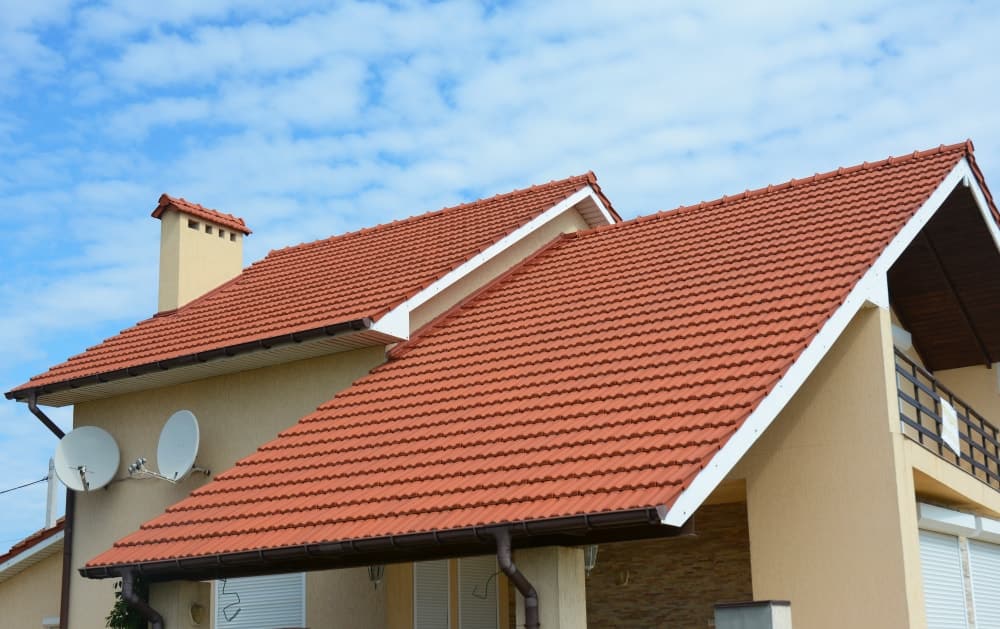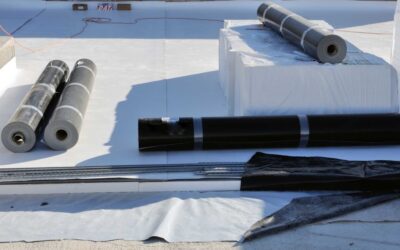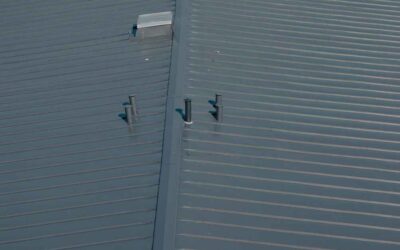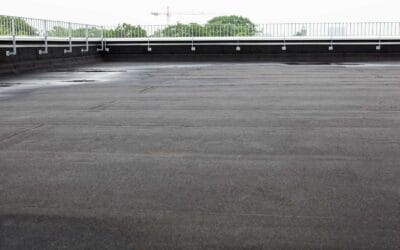When one thinks of a professionally installed tile roofing system, images of European villas and summers along the Mediterranean are immediately evoked. Tile roofing systems are one of the most revered roofing materials amongst homeowners worldwide, and they’re quickly becoming a popular roofing option for homeowners right here in Philadelphia.
There are three main tile roofing variations available for homeowners to choose from. They include clay, ceramic, and concrete. Each one of these has its advantages and disadvantages that homeowners need to consider before installing the roofing material on their homes.
Today, we’ll examine how clay and concrete tiles compare to one another and which roofing option is the best for Philadelphia homeowners.
Clay Roof Tiles
Clay roof tiles are made by molding clay into the specific tile shape and baking them until they harden. The density and weight of the clay tile are determined by how the temperature at which the clay was baked and the duration of the baking process. Premium clay tiles tend to be baked for incredibly long periods and under high temperatures.
Clay tiles are usually available in rich red, brown, orange, or terracotta hues. These warm colors are what make them so distinctive among other roofing materials. Baking them at high temperatures makes the roofing material highly durable and helps it maintain its beautiful color. Tile roofing systems are renowned for lasting more than a lifetime. Their durability, sustainability, and low maintenance upkeep are what makes them a favorite among homeowners worldwide.
Concrete Tiles
Concrete tiles consist of a mixture of sand, cement, aggregate, and water. Much like clay tiles, concrete tiles are baked under high temperatures where they are hardened and strengthened. Concrete’s natural color is a plain gray hue; however, homeowners are free to paint and coat the roofing material in whatever color they desire. The great thing about concrete is that it can be made to imitate other roofing materials. It can be molded and shaped to mimic clay tiles, slate, wood shakes, and more.
However, compared to clay tiles, concrete has a much shorter lifespan; the roofing material tends to last a little more than 50 years. Their upkeep is similar to that of clay tiles; however, if you don’t enjoy the rugged look that concrete tiles afford homeowners, you can pay a little more attention to your concrete roofing system.
Both roofing materials are pretty heavy; homeowners, therefore, need to consult with their roofing company whether or not their home can support a clay or concrete roofing system. If you’re considering one of these materials for your home, do not hesitate to contact Industrial Roofing Contractors.





